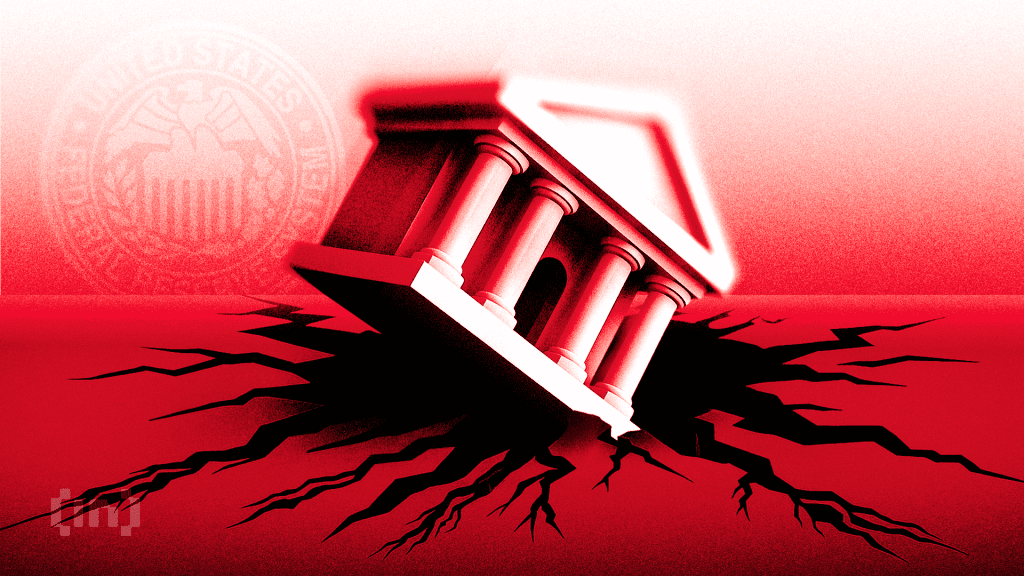The concept of the “debasement trade” has emerged as a prominent narrative within the cryptocurrency space. It revolves around the notion of shifting investments away from government-backed assets like bonds or fiat currencies into “hard” assets, such as gold or Bitcoin.
According to Bitwise CIO Matt Hougan, the debasement trade theory is on the rise and is anticipated to remain relevant into 2026. This raises the question: what exactly is this theory, and why is it gaining popularity at this moment?
What is the Debasement Trade Theory in Bitcoin?
The Debasement Trade theory concerning Bitcoin signifies that investors are purchasing Bitcoin as a safeguard against the diminishing value of fiat currencies. As governments increase the money supply via debt and monetary stimuli, the purchasing power of each currency unit declines, a phenomenon known as currency debasement.
Bitcoin’s capped supply of 21 million coins, along with its detachment from central banks, positions it as an appealing hedge against this decline. In this context, Bitcoin is perceived as a “digital hard asset,” akin to gold, that retains value when confidence in conventional currency wanes.
Increasing Uncertainty
Bitcoin was created by Satoshi Nakamoto as a reaction to the 2008 financial crisis. The genesis block launched in 2009 included a message referring to bank bailouts, emphasizing its purpose as a remedy for financial turmoil. Crypto market maker Efficient Frontier’s Andrew Tu suggests that the fundamental thesis of Bitcoin reflects a version of the debasement trade, originating from its inception.
Current market conditions often appear highly responsive to US policies, leading to abrupt fluctuations. Despite recent crashes linked to tariff concerns, Bitcoin’s price has surged by 50% over the past year, highlighting its resilience despite volatility.
Debasement: Bullish or Bearish for Crypto Traders?
The term “debasement” may seem serious and evoke concern among market participants, yet it might serve more as a narrative for fluctuating markets, heavily influenced by US policymakers or global events. Some market analysts express a bearish sentiment toward debasement, even while anticipating a potential bull market in 2026.
More people may discuss the debasement trade concept in 2026, echoing sentiments held by early Bitcoin supporters rooted in libertarian and cypherpunk ideals. As the crypto landscape evolves, Bitcoin remains the asset best suited to embody the debasement trade narrative, even as new investment options sprout up.



